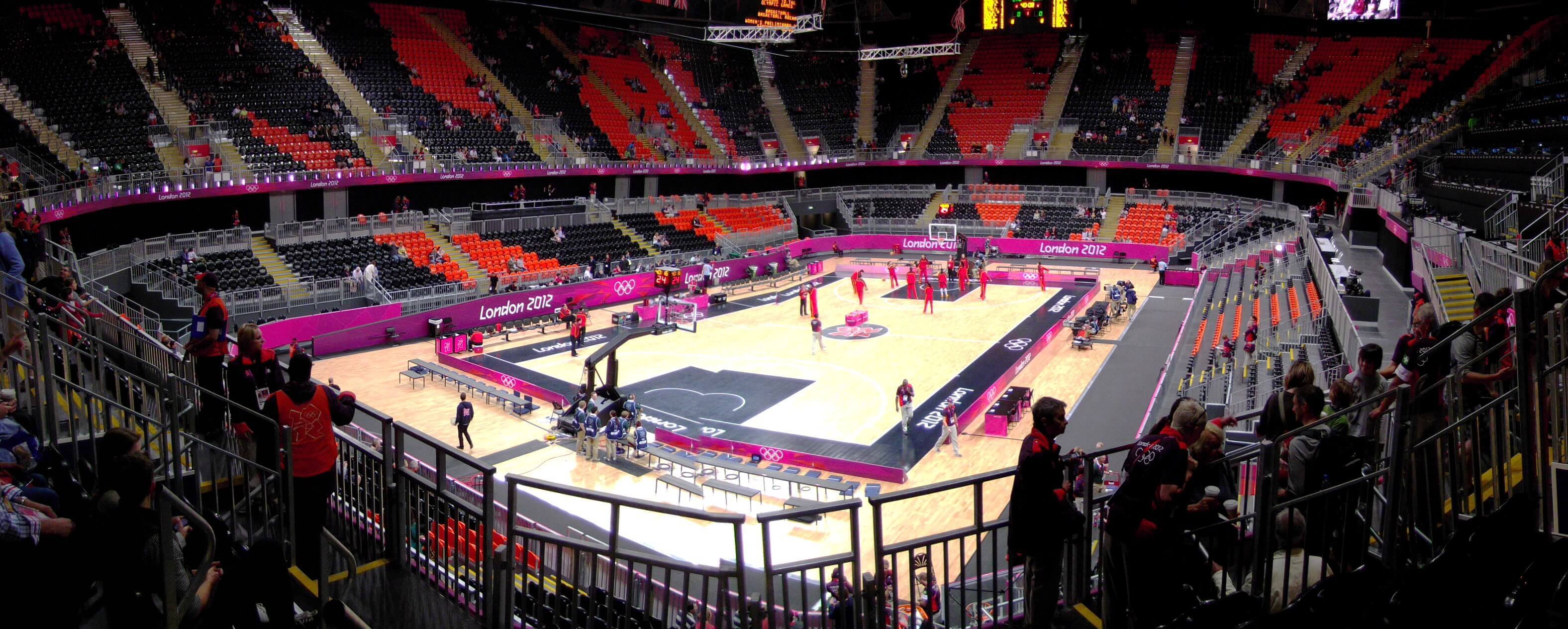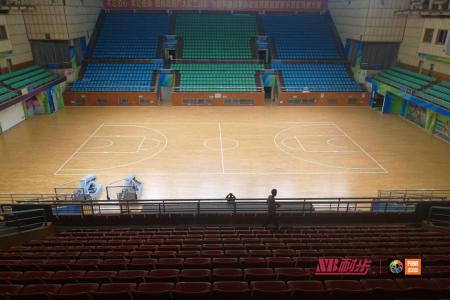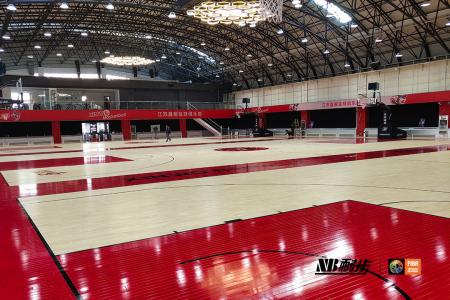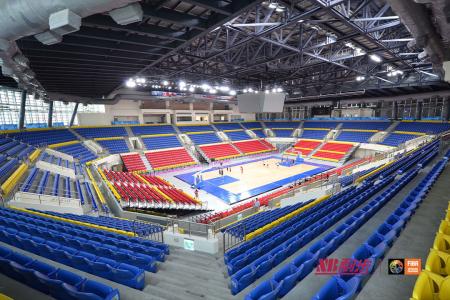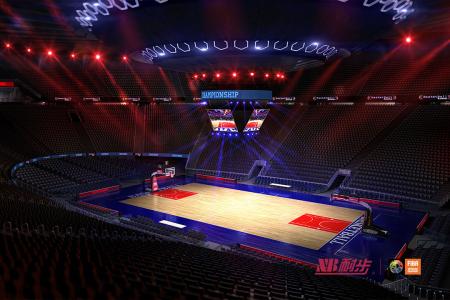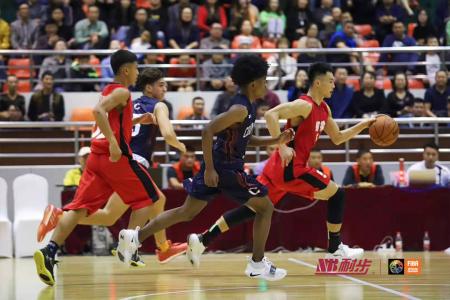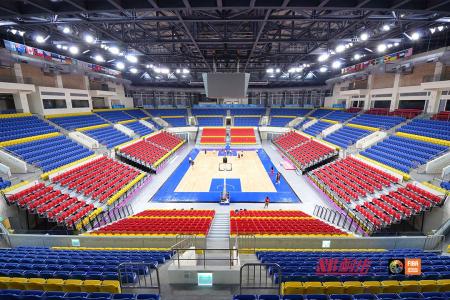(The DIN standard - developed by the University of Stuttgart, Germany - uses a "simulated artificial motion" device that simulates how a typical participant would react when interacting with a moving surface, for the purpose of developing test methods and standards.)
Performance Characteristics Flooring: Shock Absorption, Bounce, Vertical and Area Deflection, Surface Friction and Rolling Loads
Shock absorption:
When the athlete impacts the playing field, the impact force is converted into two resultant forces, one absorbed by the floor and the other returned to the athlete. While hard surfaces, such as concrete and asphalt, impact athletes with little or no reduction in force due to running, jumping, or falling. Sports floor systems (MFMA systems) absorb these impacts (shocks) and are rated for the percentage reduction in force they provide compared to hard surfaces. Any sports field installation should consider shock absorption.
Vertical and Area Deviation Vertical and Area Deflection:
The measurements of area and vertical offset are interdependent. Together, the two form the criteria for determining the overall stability of a floor in an overall performance characterization scheme. This is called deformation control. This feature is a measure of the system's ability to provide vertical deflection to athletes in close proximity to each other. Vertical deflection affects the vertical displacement of the floor surface during impact.
Ball bounces:
This measure of response to (MFMA) maple floor system reflections (bounces) compared to its response to hard surfaces such as concrete is called bouncing. The rebound rebounded 100%, reflecting the height of its response. This may not apply to all sports.
Surface friction Surface friction force:
Commonly referred to as the coefficient of slip or coefficient of friction, this feature measures the ability of a floor to control the sliding of an athlete's surface. In other words, the sports floor system must have high surface friction sufficient to prevent premature and uncontrollable sliding of the athlete, but low enough sliding if a large force is exerted on the athlete, such as caused by a collision of two athletes . Surface friction is a direct function of surface finish and is of equal importance in all activities.
Ro-Ro rolling load:
Potential damage to wood floor systems due to rolling load characteristics of some maintenance machines and gaming equipment is very important for all sports floors. Rolling load stresses caused by rolling equipment and furniture (bleachers, tailgates, high-rise elevators, etc.) should always be considered. Additional protective measures should be considered.
Ordinary sports venues:
basketball
volleyball
squash
badminton
NB basketball hall wooden floor Free consultation phone: 13718418469/13811196760

